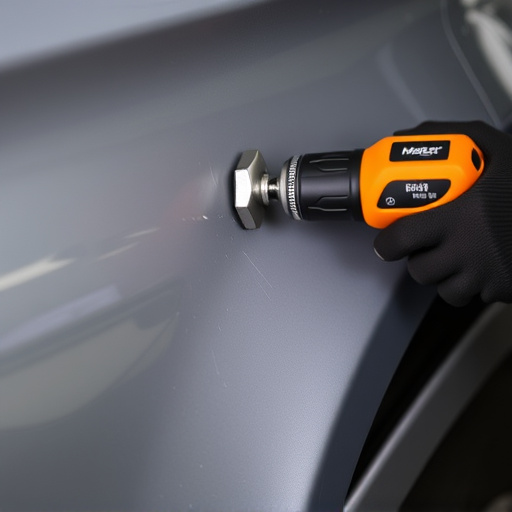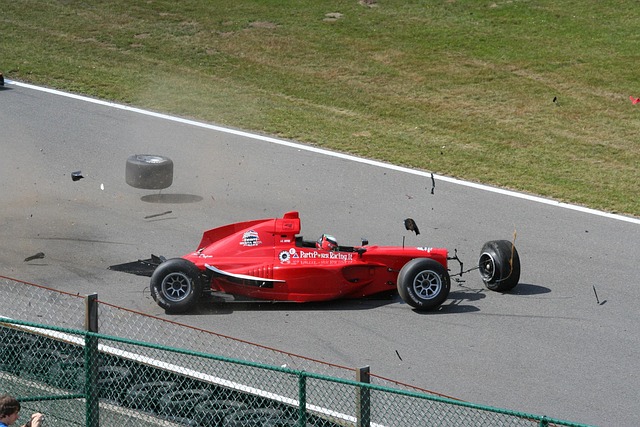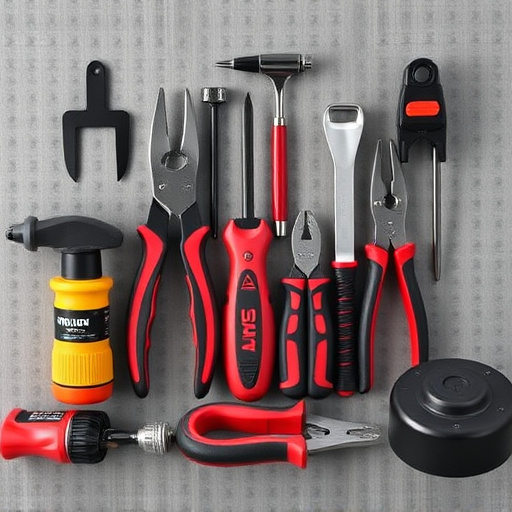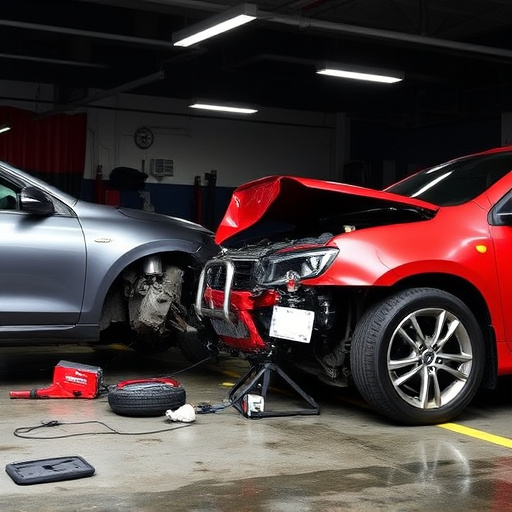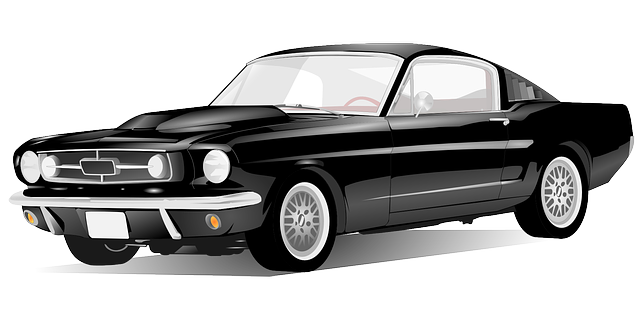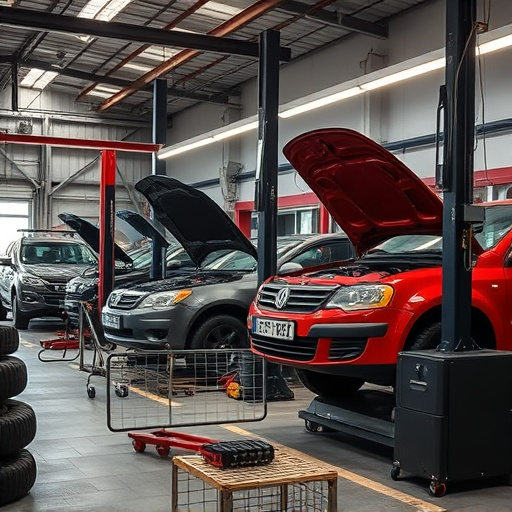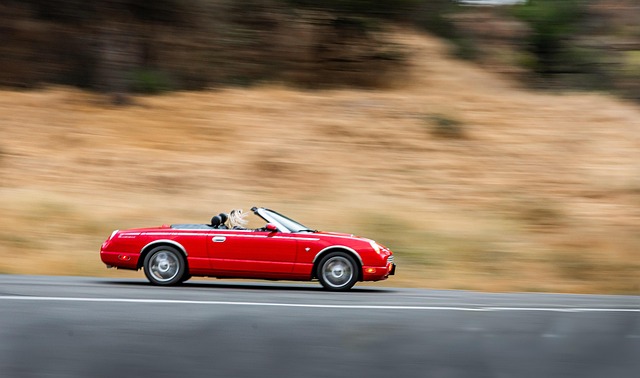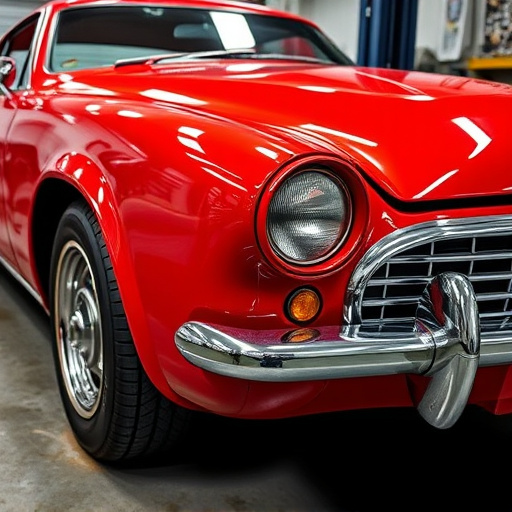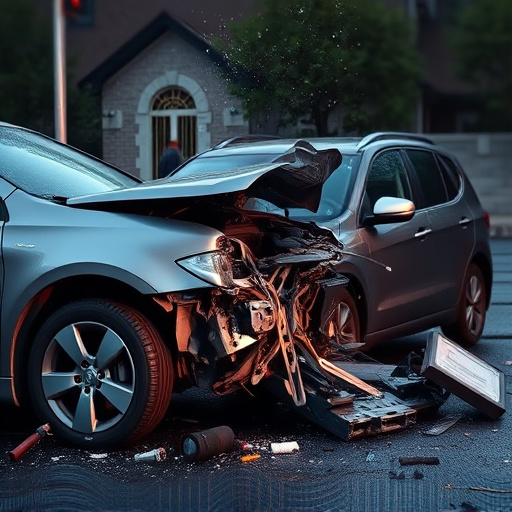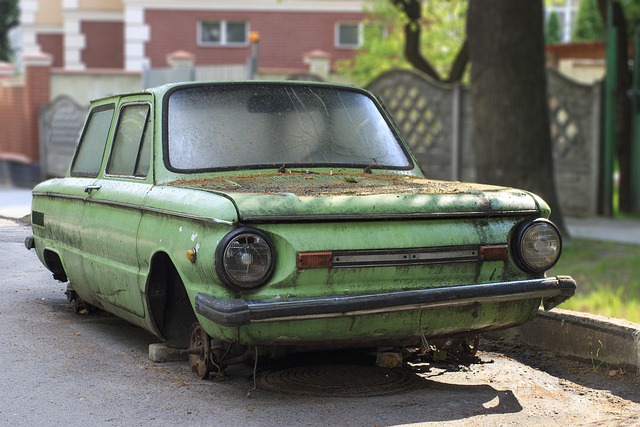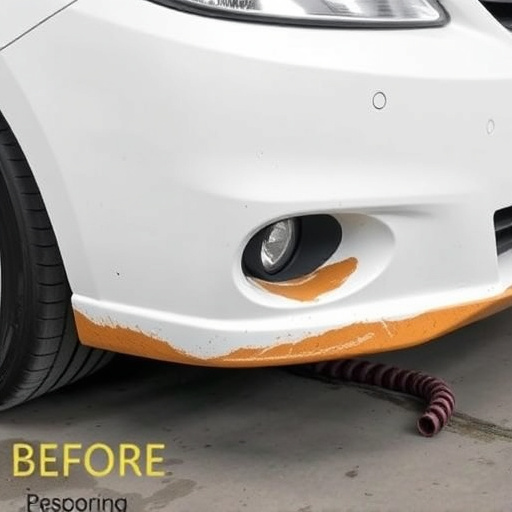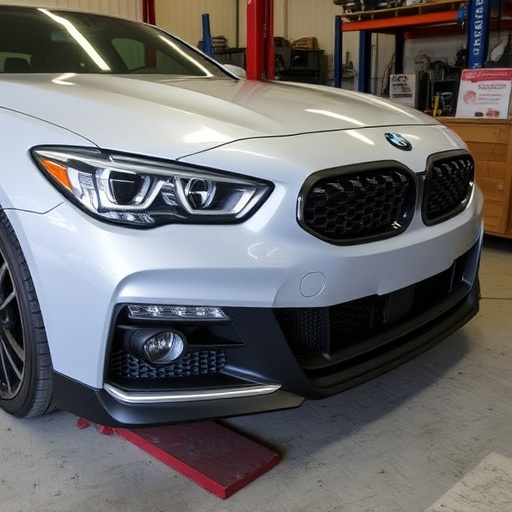Mercedes Boron steel cutting restrictions are vital for car body repair centers to maintain structural integrity during airbag deployment, ensuring passenger safety. These regulations present a challenge in modern automotive manufacturing, as Boron steel's rigid nature can impact key pillars' strength. A recent ban on cutting this steel in airbag zones prompts manufacturers to explore alternative materials with superior strength and impact resistance, requiring auto body professionals to adapt their techniques for effective repairs while adhering to evolving industry standards.
Mercedes has implemented a groundbreaking safety measure by prohibiting the use of boron steel in specific zones of airbag deployment. This innovative restriction aims to enhance passenger safety during high-impact collisions. The article delves into the intricate details, exploring the reasons behind this decision and its implications for future vehicle design. We analyze the potential impact on airbag effectiveness, discuss alternative materials, and provide insights into the evolving landscape of automotive safety standards, all centered around Mercedes boron steel cutting.
- Understanding Mercedes Boron Steel Cutting Restrictions
- The Impact on Airbag Deployment and Safety
- Future Implications and Alternative Materials
Understanding Mercedes Boron Steel Cutting Restrictions
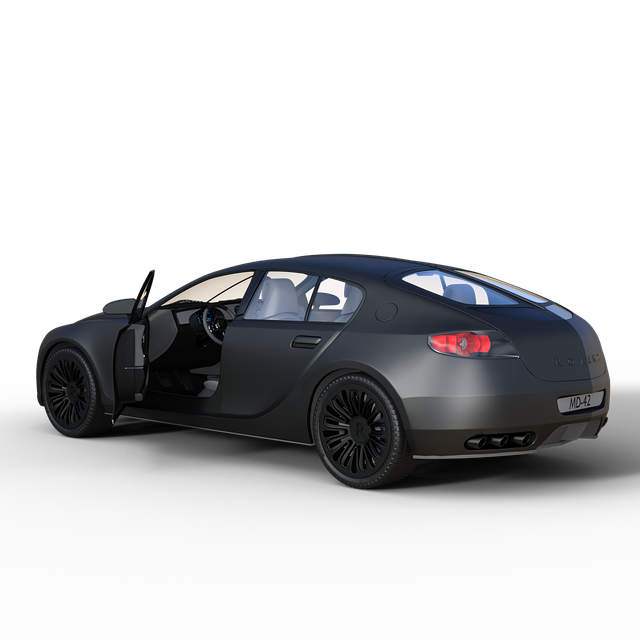
Mercedes Boron steel cutting restrictions are designed to ensure safety during airbag deployment. These restrictions prohibit the use of certain cutting techniques on this specific steel type within predefined zones of a vehicle’s structure. This is crucial for maintaining structural integrity and preventing damage that could compromise the effectiveness of airbags in a collision.
Understanding these restrictions is essential for any work involving car body repair or auto bodywork, especially in a collision center. The constraints are put in place to prevent unwanted fragmentation or deformation of Boron steel components during airbag inflation, ensuring that the airbag functions as intended and protects occupants properly.
The Impact on Airbag Deployment and Safety

The use of Mercedes boron steel cutting has significant implications for airbag deployment systems in vehicles. This advanced steel type is known for its exceptional strength and durability, making it a popular choice for automotive manufacturing. However, its rigid nature can pose challenges during airbag inflation. When an airbag deploys, it relies on the car’s structure to absorb impact forces and prevent excessive strain on passengers. Mercedes boron steel, with its high strength-to-weight ratio, might hinder this absorption if not carefully considered in design. Certain zones, like the A-pillars (where doors meet the roof) and B-pillars, play a critical role in airbag deployment and passenger safety. In some cases, cutting or shaping these areas using traditional methods involving boron steel could compromise structural integrity at the moment of impact, potentially leading to less effective airbag deployment and increased risk for occupants.
Auto body painting and frame straightening processes often involve intricate cuts and adjustments, particularly in modern vehicles with sophisticated safety systems. As auto repair services continue to evolve, technicians must be adept at balancing structural modifications with safety standards. With Mercedes boron steel cutting, precise measurements and specialized techniques are essential to avoid unintended consequences during airbag deployment. Ensuring these critical zones maintain their structural integrity is vital for the overall safety of the vehicle and its occupants.
Future Implications and Alternative Materials

The ban on Mercedes boron steel cutting in specific airbag deployment zones signals a significant shift in automotive manufacturing and safety standards. Moving forward, the industry is expected to witness a surge in research and development of alternative materials capable of withstanding extreme forces during airbag inflations while adhering to stringent safety regulations. This transition could lead to innovations in both metal and non-metallic composites, potentially offering improved strength-to-weight ratios, enhanced impact resistance, and reduced manufacturing complexities compared to traditional boron steel.
Auto body restoration and car restoration professionals will play a crucial role in adopting these new materials as they become available. From auto glass repair perspectives, the shift may require adjusting techniques for repairing and replacing panels that traditionally utilized boron steel. As manufacturers explore alternative solutions, such as advanced aluminum alloys or lightweight composites, understanding their unique properties and handling requirements will be essential for maintaining the highest standards in auto body restoration and ensuring the safety of vehicles post-crash situations.
Mercedes’ recent decision to prohibit boron steel cutting in specific airbag deployment zones is a significant step towards enhancing automotive safety. This restriction highlights the delicate balance between material strength and passenger protection, especially during high-speed collisions. As the industry moves forward, exploring alternative materials that meet stringent safety standards while avoiding potential drawbacks of boron steel will be crucial. Such innovations not only ensure optimal airbag performance but also contribute to the overall development of safer vehicles in the digital era.
